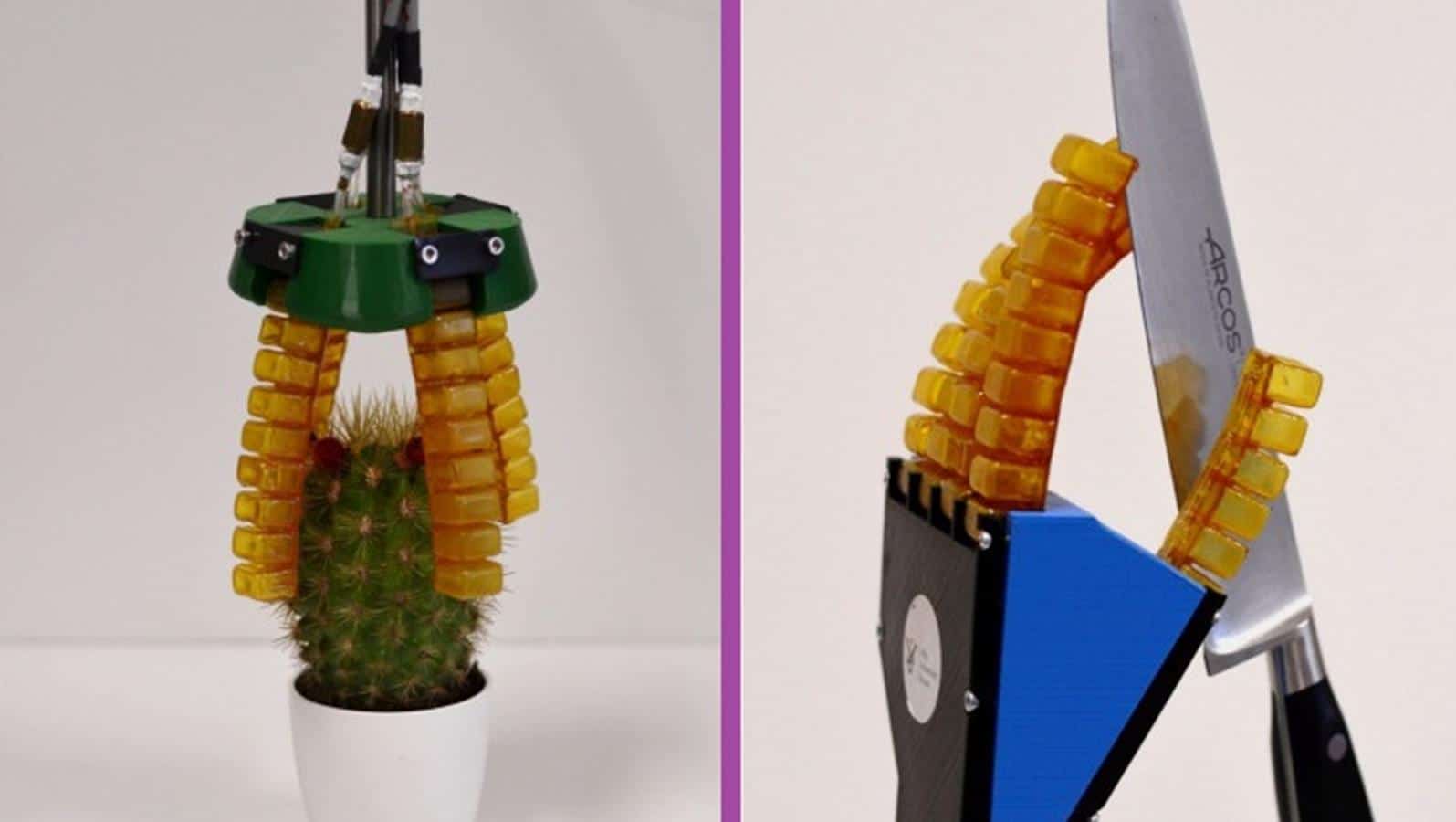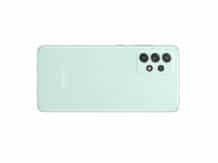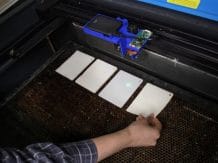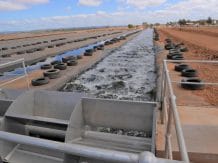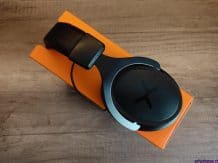Scientists from the University of Cambridge developed a self-healing material from salt and gelatin in the SHERO project, or Self-HEaling soft RObotics. This one aims to expand the sphere of application of self-healing materials in the field of soft robots and on paper it has great potential for this. The salt-based sensors themselves are crucial.
Self-healing material made of salt and gelatin
As part of their work, scientists produced low-cost salt and gelatin materials that can sense stress, temperature and humidity through soft sensors and repair themselves at room temperature. So they differ from other similar designs in that they do not need to be heated to regenerate themselves. In addition, they can also detect when they are damaged without human intervention, proceed to temporary healing, and then resume their previous activity.
Embedding soft sensors into robotics allows us to get a lot more information, such as in the case of muscle strain which allows our brain to get information about the state of our body
David Hardman, the principal investigator, said in a statement.
Also read: Microsoft has created an algorithm to predict which women will become pregnant
In practice, this self-healing material mainly includes special print sensors that contain sodium chloride (i.e. salt) instead of carbon ink, which not only saves money, but also takes its capabilities to a new level. Thanks to this, the final material is not only cheap, but also easy to produce. Especially that the second element of this material is ordinary gelatin, from which they could supposedly make “the whole job”, because the salt is dissolved in the hydrogel.
Now scientists are exploring additional uses for self-healing materials such as artificial leather and wearables. No wonder, as self-regenerating hydrogels bind well to a wide variety of materials, meaning they can be easily incorporated into other types of robotics.





